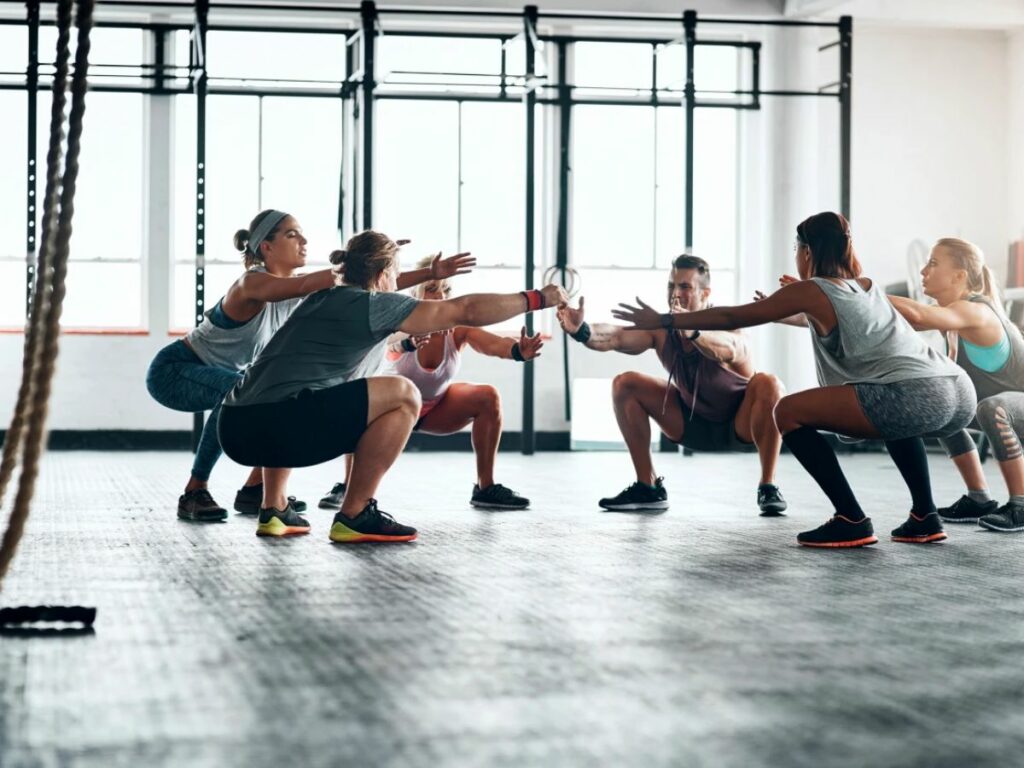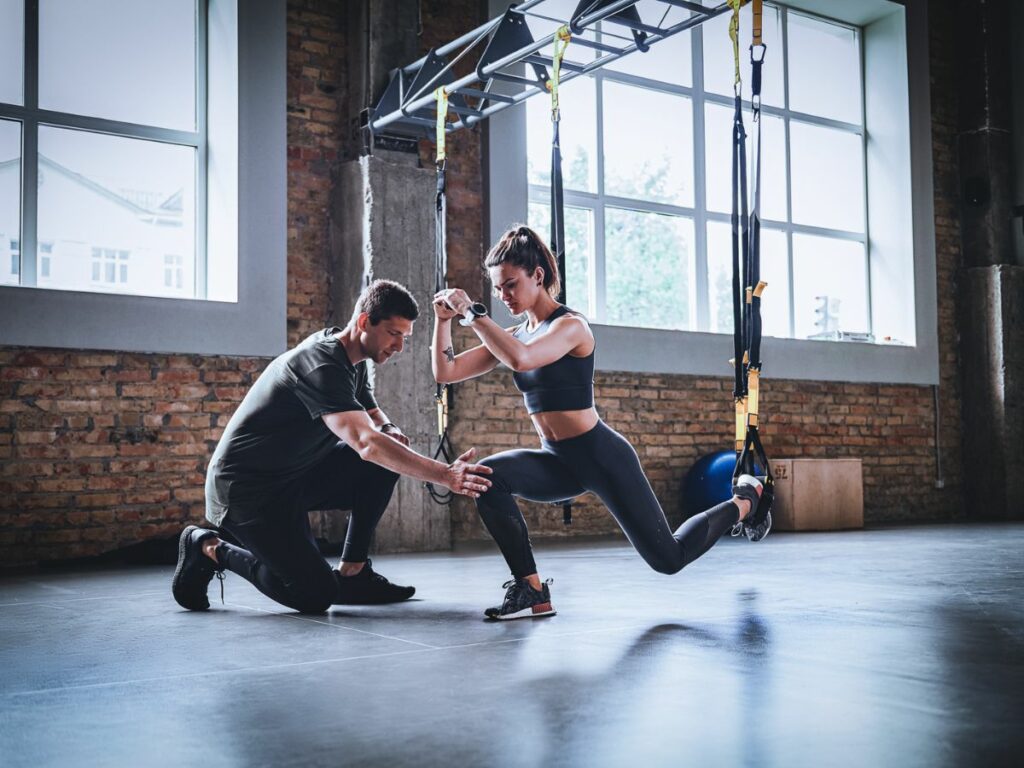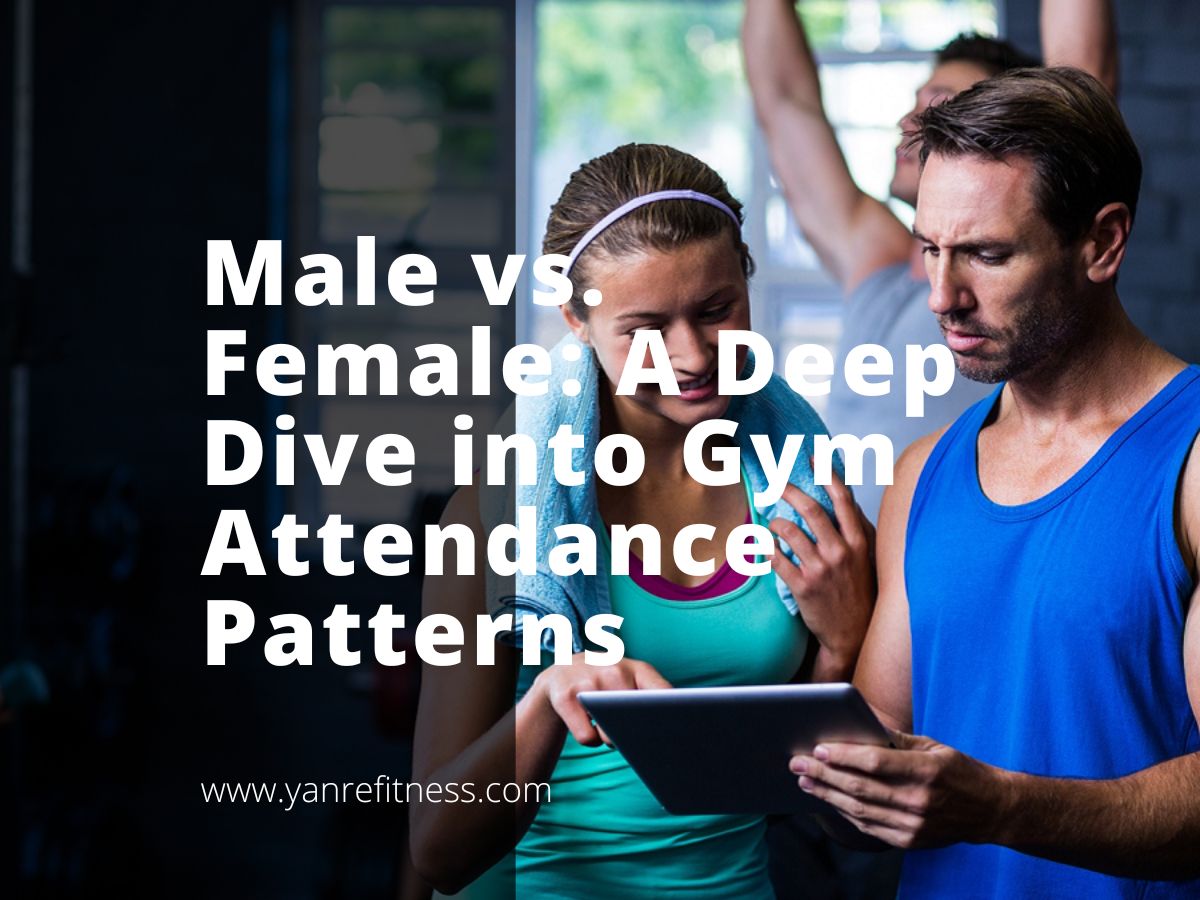Men vs. Women: Who Really Rules the Gym Floor? This question uncovers the gender showdown happening in gyms every day.
You can trust our analysis as it’s based on extensive research and empirical data, providing a comprehensive view of gender-specific gym attendance.
With various factors subtly shifting the scales in different contexts, the gym attendance battle between males and females unfolds as a fascinating presentation, rich with insights and surprises.
In this article, dive into our analysis to uncover the unique stories of gym attendance for each gender, all set against the broader canvas of health and wellness.
Continue reading to explore these intriguing patterns with us in the lines that follow.
Table of Contents
1. Understanding Gym Participation
Historically, gyms were mainly male-centric, but recent decades have seen an even gender balance due to rising health consciousness and societal shifts. This shift is further evidenced by data from Mordor Intelligence, which indicates that the Health and Fitness Club Market is projected to rise from USD 87.07 billion in 2023 to USD 154.21 billion by 2028, experiencing a 12.11% CAGR during this period.
Diverse participation requires diverse equipment. Understanding that men might lean towards strength training, while women might opt for flexibility and aerobic exercises can guide equipment choices. It’s essential to recognize and embrace these differences, as they not only enrich our gym culture but also shape the very core of our equipment decisions.

2. The Current State of Gym-Goers
Today’s gym-goers have varied motivations and tech-driven needs, shaping gym equipment trends and services. Below, we explore key aspects of this modern fitness enthusiast.
- Evolving Fitness Goals: Fitness goals have expanded beyond simple weight loss to include targeted objectives like muscle toning and stamina building. This shift not only diversifies gym-goers’ workout routines but also demands a broader range of specialized equipment in fitness centers.
- Tech Integration and Gym Equipment: The modern gym-goer seeks tech integration in their workouts, with machines that track progress or offer virtual training modules. According to Sassway, gyms are now leveraging wearable technology like Fitbits to monitor members’ progress, aiding goal-setting and boosting motivation. This integration of technology might also highlight varying preferences based on gender.
- The Rise of Personal Trainers: As more people turn to personal training sessions, there’s a growing demand for equipment tailored for one-on-one interactions. This trend is further nuanced by the rise of gender-specific training programs, requiring a more diverse range of equipment to meet individual needs.

3. Comparing the Two Genders
Understanding the different preferences and motivations of male and female gym-goers is key to grasping gym equipment trends. These differences shed light on the evolving needs within gym culture. Here are the aspects we’ll explore:
Workout Preferences
Men traditionally lean towards strength training exercises like weightlifting, while women might gravitate more towards cardio and flexibility workouts like yoga or aerobics. However, it’s imperative to note that these are general observations, and there are countless exceptions to this trend. Every individual has a unique fitness journey, irrespective of gender.
Equipment Usage Patterns
Observationally, treadmills and elliptical trainers might see a higher female patronage, while weight sections are often densely populated by male gym-goers. For example, in many gyms, you might notice a greater number of women participating in Zumba classes, while powerlifting sections might predominantly have male attendees.
This pattern, although not absolute, provides an insight into equipment preferences based on gender. It’s fascinating to witness how deeply ingrained societal norms can subtly dictate our choices, even in the gym.
Statistical Gender Disparities in Gym Attendance
According to Gitnux, Germany’s gym scenario in 2020 painted a particular picture: 44% of gym members were women, whereas 56% were men. This statistic is not just a mere number but a deeper commentary on Gym Gender Statistics. The data highlights a disparity in physical activity between males and females, with men’s participation outpacing women’s.
Motivations and Goals
Historically, men have gravitated towards muscle-building and strength, often relying on trusted brands like Yanre Fitness for their equipment needs. In contrast, women typically focus on weight management and overall wellness. However, these lines are fading as more women embrace strength training and men recognize the importance of comprehensive fitness.
Societal Impact
The societal lens often impacts our fitness routines. While men might feel the pressure to bulk up and gain muscle, women might face expectations related to weight loss or toning. It’s disheartening to think how many of us might have adjusted our personal fitness goals based on external expectations. These societal underpinnings play a significant role in shaping gym behavior across genders.

4. Barriers to Gym Attendance
Navigating the path to fitness comes with various obstacles that can vary by gender, social norms, and personal situations. In this section, we’ll delve into the challenges affecting gym attendance:
Financial Constraints
Gyms, particularly those that are well-equipped with a range of facilities, usually require a hefty membership fee, which can serve as a significant barrier to entry for many people. Additional costs like specialized attire, quality equipment, and personal trainers can significantly increase the financial commitment to gym membership. The cost often calls for evaluating its health benefits.
Time Restrictions
In today’s fast-paced world, finding dedicated time for the gym can be a challenge. Between work, family commitments, and personal downtime, squeezing in a workout often feels like just another task on an endless to-do list. I’ve felt that pinch myself, where 24 hours in a day seemed far too less for all the roles I had to juggle.
Gym Intimidation and Self-consciousness
Stepping into a gym, especially for the first time, can be daunting. The plethora of machines, the hustle and bustle of regulars knowing their way around, and the fear of judgment can keep many at bay. This feeling is often amplified for those who feel they don’t yet “fit the part” in terms of their physical appearance or fitness levels.
Lack of Knowledge or Guidance
Without proper guidance, gym equipment can appear as confounding contraptions. Not knowing where to start, what routines to follow, or how to use machines can discourage potential attendees. This barrier is particularly felt by novices who might not yet be ready to invest in a personal trainer. Such individuals may even feel overwhelmed or anxious, making them less likely to return.

Physical or Health Issues
Certain health conditions or physical limitations can make gym attendance challenging or even inadvisable. From chronic pain conditions to recent surgeries, these issues require specialized routines, if at all, making general gyms not always the best fit. Additionally, some people may require medical clearance or supervision to exercise safely, adding another layer of complexity to their gym attendance.
5. 5 Factors Influencing Gym Attendance
The choice to join a gym is driven by a mix of personal and social factors, extending beyond just physical fitness to mental well-being and community. Below, we’ll explore the key influences on gym attendance:
- Camaraderie and Mutual Motivation: For many, gyms act as social hubs, places to connect, share, and grow. The camaraderie built during group classes or mutual motivation can significantly influence gym frequency. Additionally, having a workout buddy or seeing friends progress can be the nudge some need. There were days I showed up at the gym purely because of the community I had built there.
- Overall Feel of the Gym: A gym’s ambiance, its range of equipment, and the overall feel can be pivotal in attracting or repelling potential members. Factors such as cleanliness, the presence of skilled trainers, the variety of equipment, and extra amenities like saunas or pools elevate the overall experience. An inviting environment can be the difference between a one-time visit and a long-term commitment.
- Strategic Location: Convenience is often a determining factor. If a gym is located far from one’s home or office, the likelihood of consistent visits drops. Conversely, a gym situated en route to daily activities or within a short walk can significantly enhance commitment. A strategically placed gym becomes an inviting beacon, seamlessly integrating into one’s routine.
- Digital Integration: In today’s connected world, the availability of advanced tracking systems and fitness apps can play a crucial role. Gyms that offer digital features like performance analytics or online booking systems often see higher attendance. The ability to measure and track your progress digitally can significantly boost engagement and accountability.
- Flexibility in Membership Plans: The structure and cost of gym memberships also weigh in on people’s decision to sign up and attend. Gyms offering flexible plans, like month-to-month memberships or specialized classes, can appeal to a broader audience. Tailored options make it easier for people to commit, as they can choose a plan that aligns with their lifestyle and financial situation.
| Factor | Description |
| Personal Motivation | The individual’s intrinsic drive and desire to stay fit and healthy. |
| Time Constraints | Availability of time in one’s schedule for gym workouts. |
| Location | Proximity and convenience of the gym to one’s home or workplace. |
| Cost | Membership fees, personal trainer fees, and other associated costs. |
| Social Support | Having friends or workout partners who motivate and encourage attendance. |
| Health Goals | Specific fitness objectives, such as weight loss, muscle gain, or improved endurance. |
| Fitness Level | Personal fitness level and the perception of gym workouts as achievable and effective. |
| Gym Environment | Atmosphere, cleanliness, and equipment availability at the gym. |
| Personal Trainer | Access to professional guidance and personalized workout plans through a trainer. |
| Variety of Workouts | Availability of diverse exercises and classes to prevent boredom and monotony. |
| Accessibility of Information | Access to fitness resources and information about workouts and nutrition. |
| Supportive Community | A welcoming and inclusive gym culture that fosters a sense of belonging. |
| Weather | Weather conditions may influence outdoor exercise versus indoor gym workouts. |
| Injuries/Health Conditions | Physical limitations or health issues that impact gym attendance. |
| Work Schedule | Irregular work hours or shift work affecting gym attendance patterns. |
| Family Commitments | Responsibilities and family obligations impacting workout schedules. |
| Stress Levels | High stress levels may either motivate or deter gym attendance, depending on the individual. |
Conclusion
In conclusion, gym attendance shows distinct patterns between males and females, both in terms of numbers and the types of activities pursued. While men are more numerous, women are diversifying their fitness routines, signaling a shift in traditional gender roles within gym culture.
To better understand these complex dynamics, staying updated with current research and industry trends is essential contact us.
Related articles:








